Network Analytics is implemented on the basis of Google Analytic tool, and allows you to monitor the dynamics of your network development in real time. You can track the most important changes that are taking place on your network, monitor where people come from, in which numbers, and which of them become your members.
The Analytics feature not only allows you to analyze sales and conversions, but also provides up-to-date information about user activity on the website, the source they arrived at a specific, and also helps you understand how to keep them engaged and active within your community. Content reports will show you which pages and sections of the site are most effective and popular with users, which will allow you to improve user experience. Also, you will get the data on how many members you managed to attract, how many products you sold, and how many users visited your site in general. Analytics can evaluate the success of your social network campaigns. You can analyze how many visitors share the content from your site, and how your content is distributed through social networks.
Now you can track the number of the new posts, comments, photos that were posted on your network. With this feature, you will be able to analyze the audience engagement. Here is the main list of events that will be tracked:
• New post
• New comment
• New photo
• new video
• New page visit
• Like
• Login
• Check in
• New event
• New joined the event
• New photo view
• New video view
• New topic
These events will paint the full picture of what happened on your network yesterday, last week or last month. This will help you to understand which content is the most useful and interesting-which will contribute to the performance of your social network across the web.
How to setup Analytics
In order to configure the Analytics on your network, you need to register an account with Google Analytic, and get the GA code.
Firstly, create an account and leave all recommended boxes enabled.
On the next step select Web platform and proceed.
Finish by filling out the name of your website, URL and selecting the category.
In order to create an account, you will have to agree to Google Analytics Terms of Service.
Once it is done, you will be presented with a tracking ID.
Then you need to enter this code in the admin area of your network. To do this, choose ‘Network Settings->Google Analytics Account.’ Next, click ‘Save’ to save the changes.

Now you only need to configure the reports that you want to see in your Network. There are two options for you to set up reports:
- Custom Report
You can set up the report via a custom report configuration. To do this, click on the ‘Create’ button.
This report will display the activity of your network, the number of visits, and session duration.
2. Data Studio
You can configure the report via data studio, and receive a real-time update on the events on your network in the form of graphs. To create a sample report, follow this link:
https://datastudio.google.com/u/0/org//reporting/0BwqVm4_5u4d2eDZyNThFWW85Qmc/page/1Mcustom report configuration
If you want to use it, you must click on the ‘Get Started’ button.
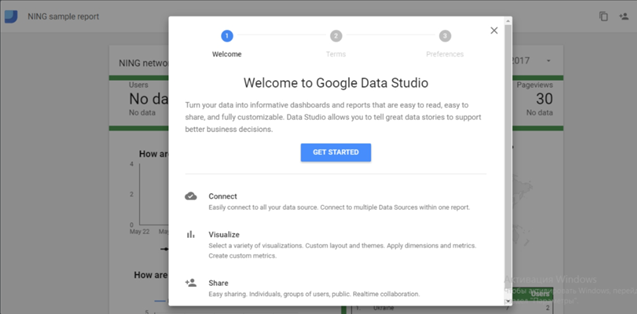
Next, click ‘Create Report.’
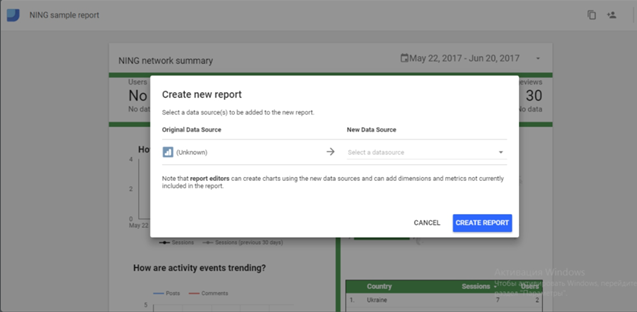
Finally, click on the ‘Create New Data Source’ button.
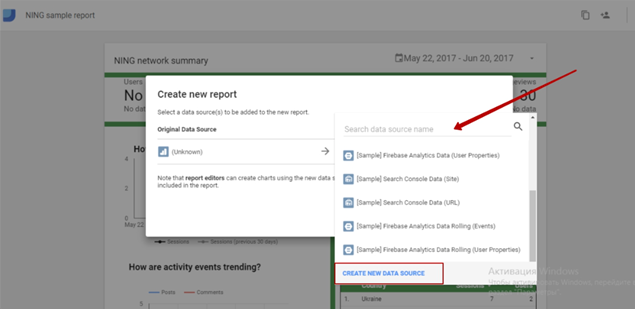
Then you need to confirm the download of the selected samples in Google Analytics.
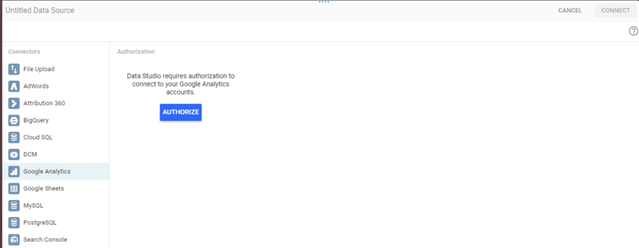
After that, click ‘Connect.’
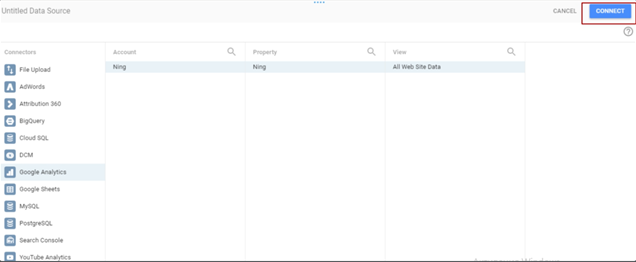
To add events to the report, select All Data, and click the ‘Add To Report’ button.
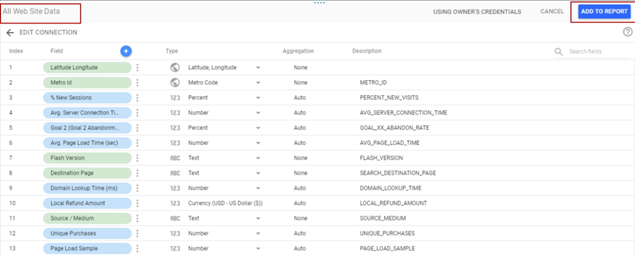
When done, click ‘Create Report.’
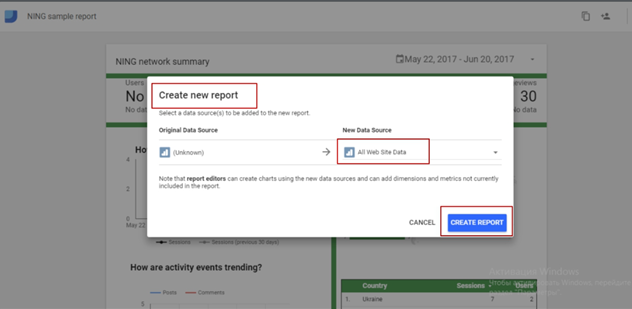
Your report is ready! From this moment on, the data will begin to fill in the report.
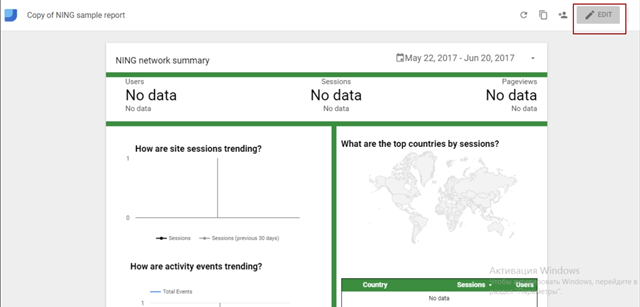
If necessary, you can edit it – add new events, or remove the ones that are no longer relevant for your network.
As you can see, Analytics is the easy-to-use tool for building an effective network. It will significantly enrich your network creation kit, expanding your community management possibilities. Network analytics functionality is available for both Ning 3.0 and 2.0 platforms. Creating your own community has never been so user-friendly!
In case if something is not clear enough for you we have a small video recording that shows how to use Analytics here.
If you want to add some new events – we will be glad to discuss your suggestions with you!






